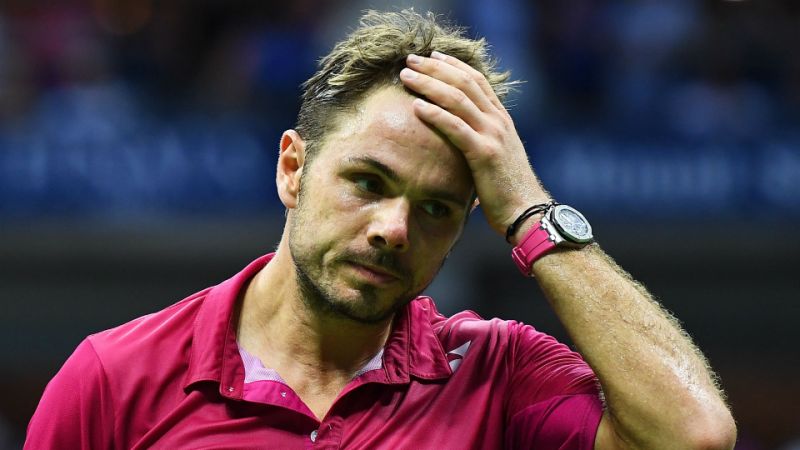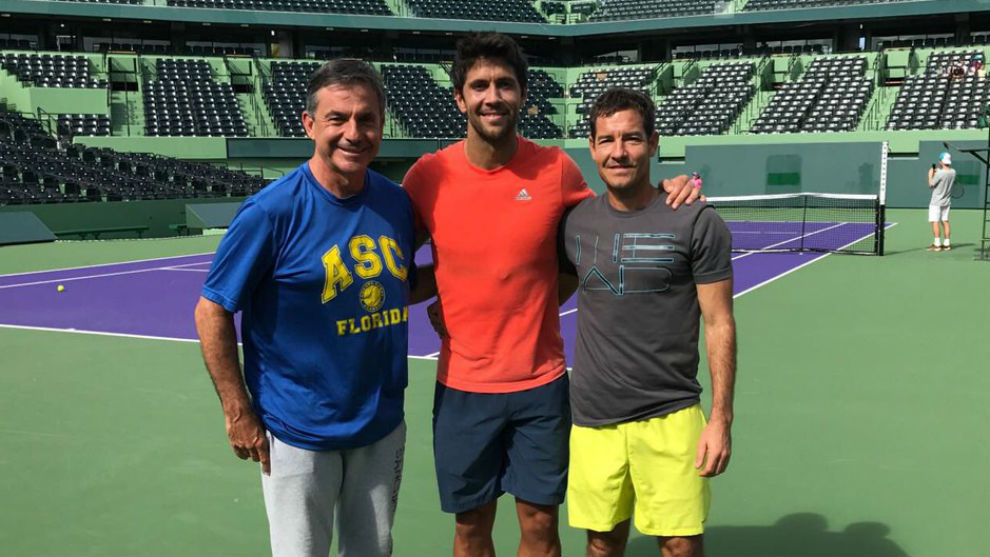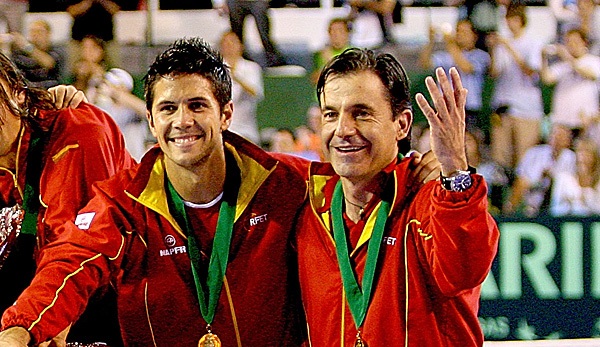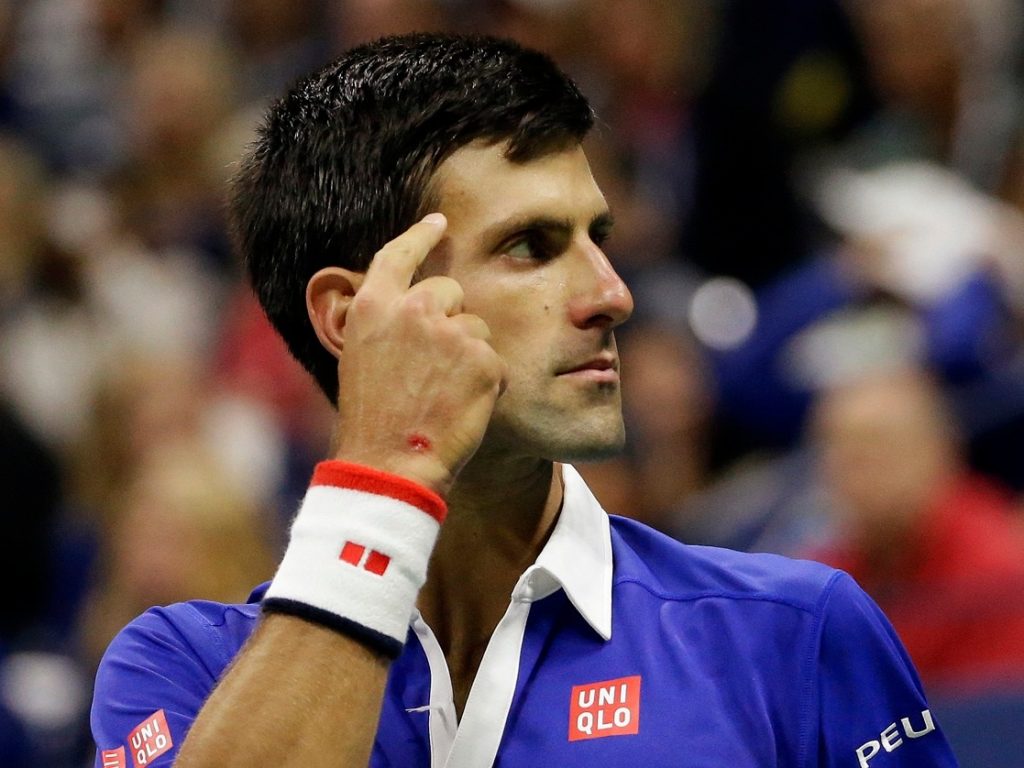
“Accept that adversity is always there: you have to live with it, it is part of your ‘Actual State’, it is a part of everything.”
Champions are those that in the face of adversity are resilient.
By Emilio Sánchez Vicario, CEO & Founder at Sánchez-Casal Academy
This is quote 17 of a series launched by Emilio Sánchez Vicario under the title ‘21 Successful Habits for Overcoming Adversity’. In his previous articles, Emilio has linked together personal experiences with other people’s stories of progress and improvement, with adversity as the underlying theme. The 17th quote is entitled, ‘Accept that adversity is always there: you have to live with it, it is part of your ‘Actual State’, it is a part of everything.’ In this article, we wanted Emilio to explain why he choose adversity as the underlying theme of this series, and what it means to him.

[Adversity and tennis]
There will always be adversity in tennis. You want to play your best and, ultimately, you want to win, but you will always be against an opponent who has the same goals as you – and you have to accept that.
To give you an example, this year is going to be very interesting in tennis. The expectations for men’s tennis are unbelievable. Federer and Nadal, back on the circuit, played against each other at the Australian open where Federer won – a remarkable victory for him as he had been preparing his comeback for a long time. Therefore, we anticipate seeing both Federer and Nadal playing well and Djokovic and Murray rivaling for the top spot in the ATP ranking.

In women’s tennis, Serena is still in the lead, but her sister Venus is now putting up a challenge once again. We need to see that the younger players are able to consolidate their position, and create as much interest in the sport as there is for men’s tennis. At the moment, in women’s tennis there is more movement, more instability: we need more big names. This year Sharapova is making a comeback, and I always had a predilection for Kuznetsova, since she was a student-athlete at the Sánchez-Casal Academy for many years. She’s now back in the top 10; we’re very proud of her, and hopefully she can retain her position for a long time to come.

On the personal side, I started a coaching relationship with Verdasco. I have high expectations of his potential, and hopefully he can bring together the four pillars of tennis so he can compete even better. He is playing his normal schedule and traveling with his regular coach from Spain, Truyol. I will be traveling with him around the tournaments in the US, starting with Key Biscayne, Indian Wells, Houston, and then in the summer to the US Open and Cincinnati.

Fernando and I clicked at the Davis Cup back in 2008. He was one of the players I had most connection with. Now he’s in a difficult position, he needs to find his reality, his actual state. It will be a challenge for me because I’ve not been on tour for a while. I think that while Fernando has the technical, tactical and physical pillars required to succeed, if he improves his mental pillar, he’ll be able to achieve his ambitions.
And that takes me back to the relationship between adversity and tennis. If adversity takes you by surprise you can’t be resilient, and if you’re not resilient you cannot confront adversity, so we all have to work to see adversity in a more positive way.
In 2008, during the epic Davis Cup final in Argentina, I decided to make Fernando play the forth point. At the beginning of the match the enthusiast Argentinian audience made him lose his focus and he was losing 2-1. However, through the distraction from the audience, Fernando managed to think in his actual state, find his game and recover the confidence necessary to succeed. And he did, 6-3, 6-7, 4-6, 6-3 y 6-1 against Acasuso.
Therefore, this article is devoted to him. Showcasing that day, and the many other times in his career that he was able to find the solution to adversity by finding what his actual state was.
In order to reach our ideal state, we have to analyze our actual state. However, the greatest champions are not the ones that play well when the conditions are perfect, but that play well when the conditions are terrible. Champions are those that in the face of adversity are resilient, and achieve their goals performing at just 70% or 80%. We only perform at 100% a few days of the month; the rest of the time you have to be able to perform at 70% and still manage to achieve your goals.

[What are the biggest challenges of the top players?]
At the level of top players, at the highest level, their technique is perfect, their tactics have got them to where they are, their physical condition allows them to play for long periods of time. With these three tools mastered, mentality is what makes a difference: it is the intensity, the passion, the handling of emotions that puts you a cut above the rest.

When you are not mentally prepared, it is impossible to succeed. All players at the top have incredible mental control, but at this level we are talking about they are required to have an excellent mentality. This is why sport is so big. It very often brings you to the edge, and you have to learn how to achieve your goals from there.





















